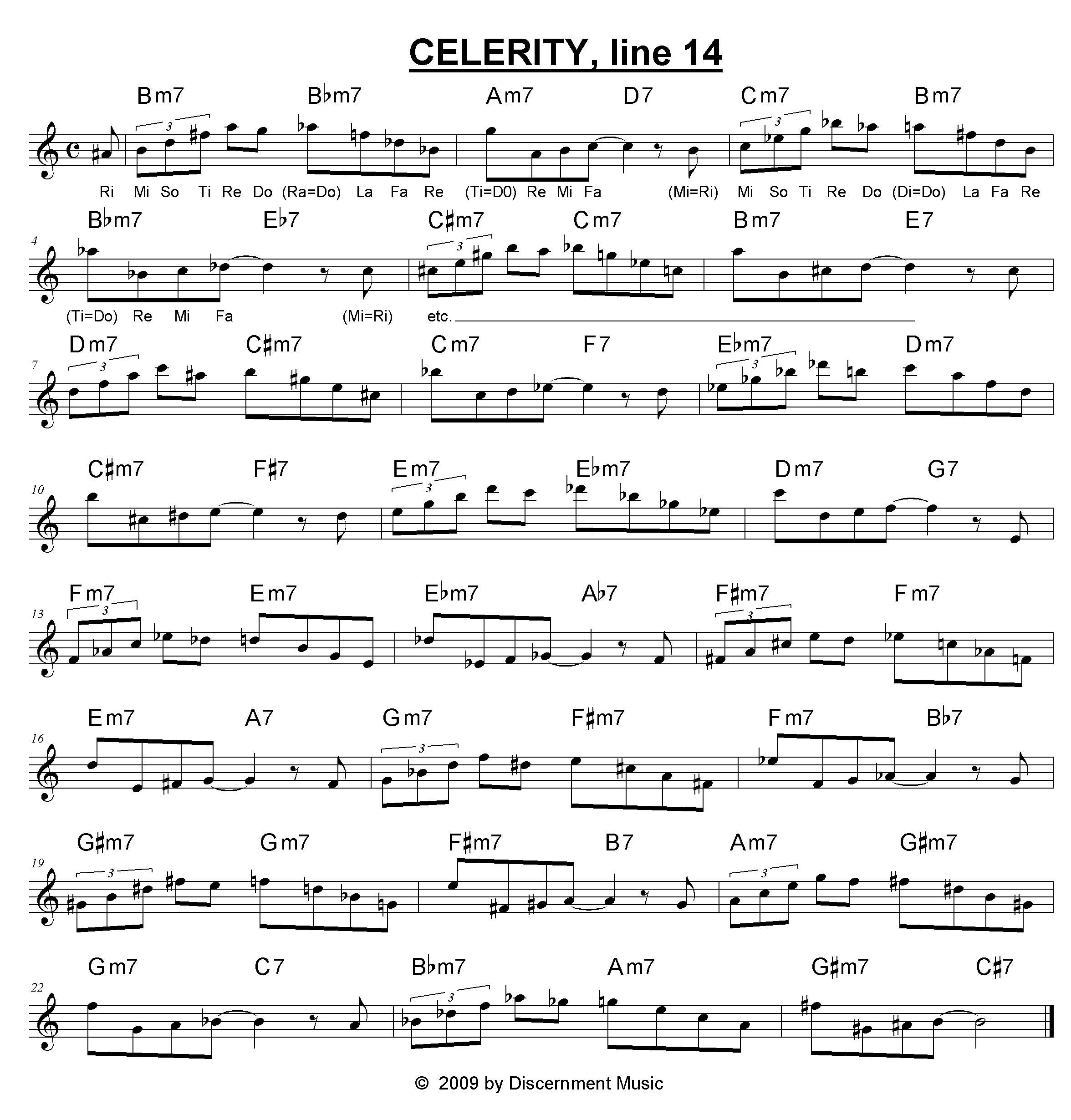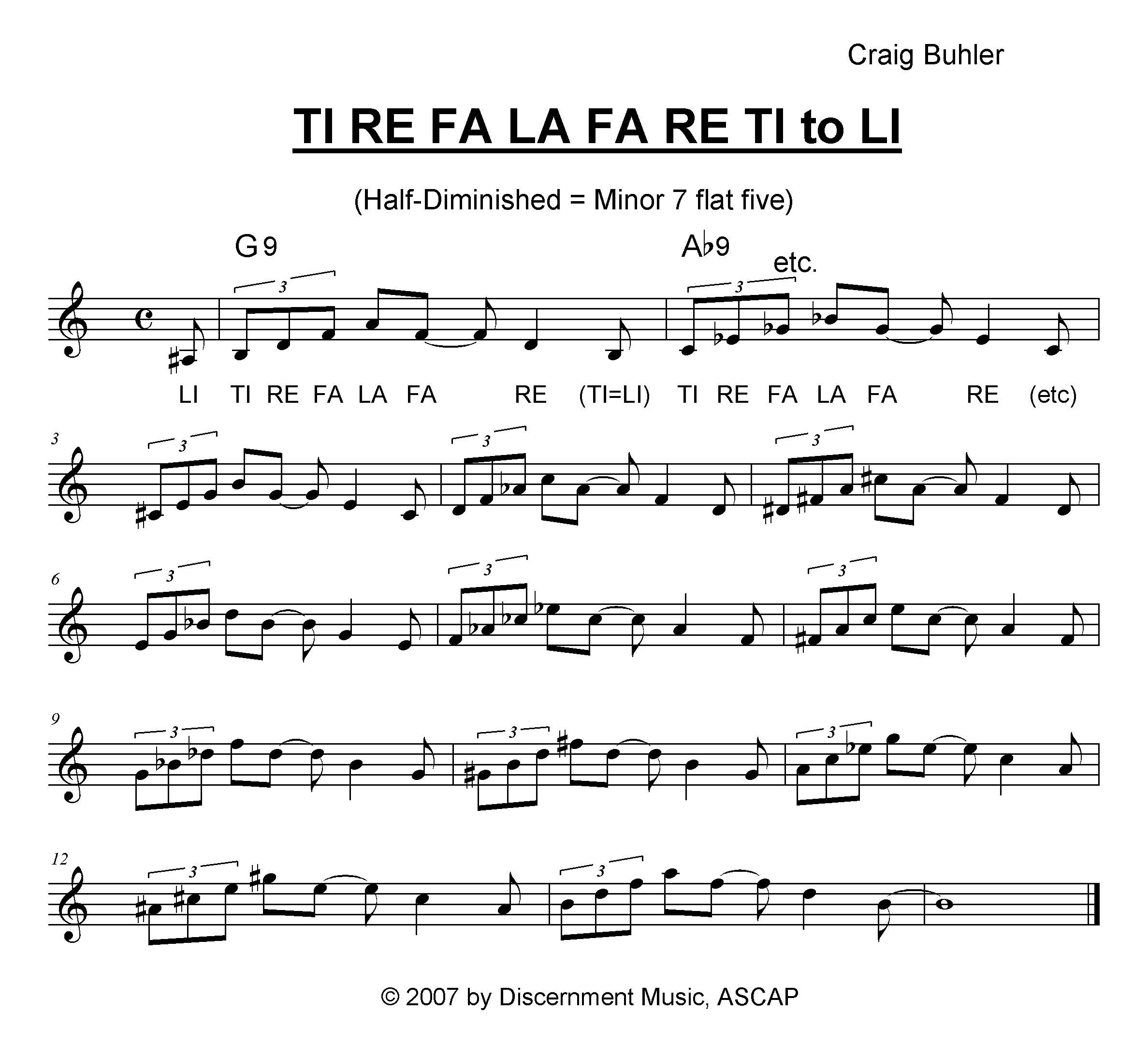Jazz gigs seldom turn out exactly as we expect them to. Since jazz is, by definition, an improvised art, this should come as no surprise. It’s a maze which often thrills, sometimes shatters, and continually amazes us.
Let’s say, for example, that you arrive at the gig late, stressed, un-showered, and unready to perform. It’s at this point that a fan drops a hundred dollar bill in the tip jar, Herbie Hancock asks to sit in, and your first solo provokes a standing ovation. In your dreams, right?
The nature of jazz will, at times, lead to the unexpected, to exciting innovation, to surprise, to joyful discovery. …Occasionally, it leads nowhere. After all, life’s mazes do include blind alleys. Just the same, we “press on regardless” (as my father often preached on rainy hikes), in search of the perfect note, aye? Continue reading “I feel so much more like I do now than I did when I first got here.*”




 Mastering arpeggios gives you yet another tool to use (in moderation) in your improv solos.
Mastering arpeggios gives you yet another tool to use (in moderation) in your improv solos.
 Brazilian bossa nova’s introduction to the U.S. thanks to composers Luiz Bonfá (Samba de Orfeu and Manhã de Carnaval), Antônio Carlos Jobim (Desafinado, Girl from Ipanema, Corcovado, etc.), and instrumentalists João Gilberto and Stan Getz literally transformed the jazz landscape overnight.
Brazilian bossa nova’s introduction to the U.S. thanks to composers Luiz Bonfá (Samba de Orfeu and Manhã de Carnaval), Antônio Carlos Jobim (Desafinado, Girl from Ipanema, Corcovado, etc.), and instrumentalists João Gilberto and Stan Getz literally transformed the jazz landscape overnight.


















